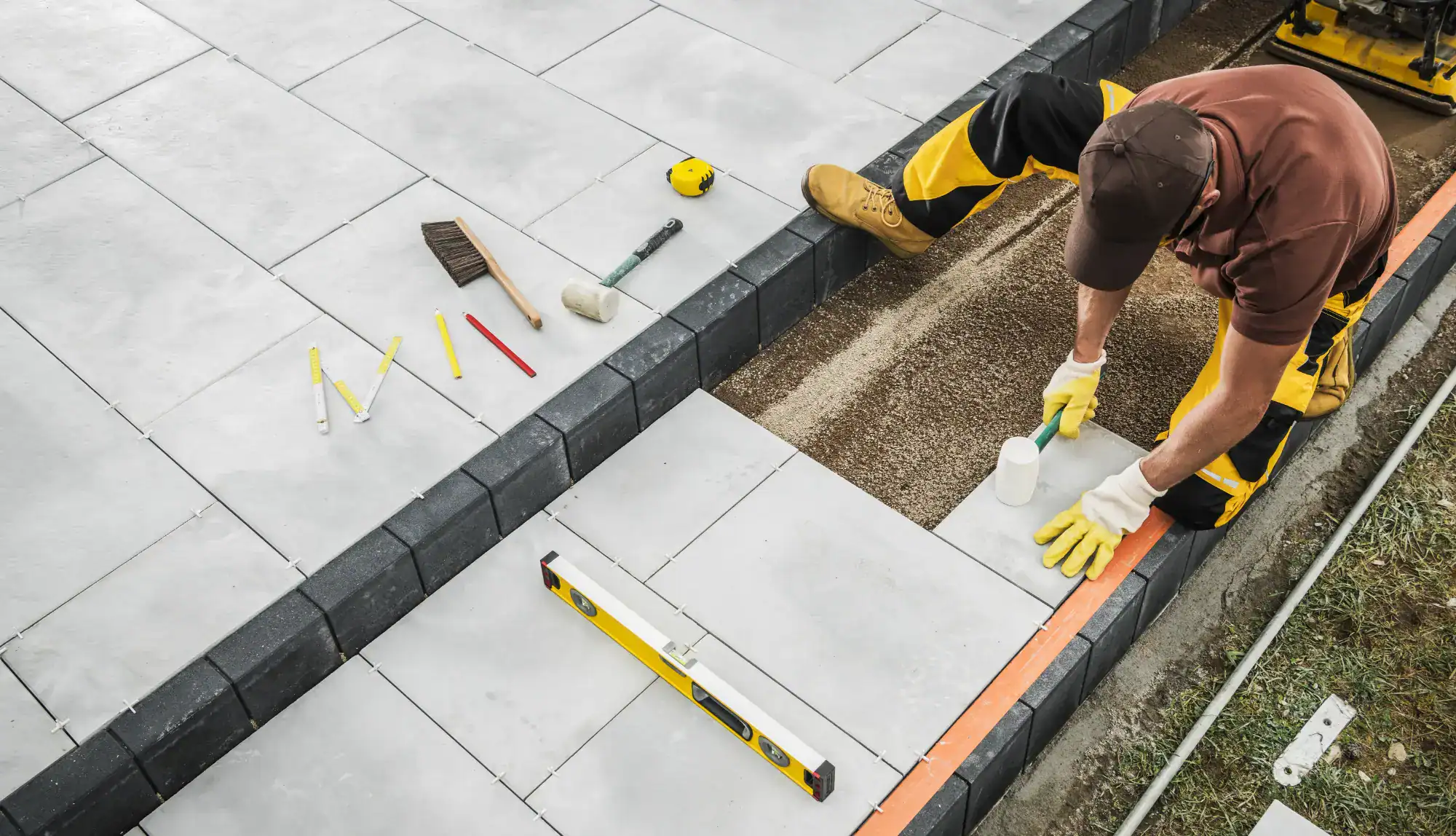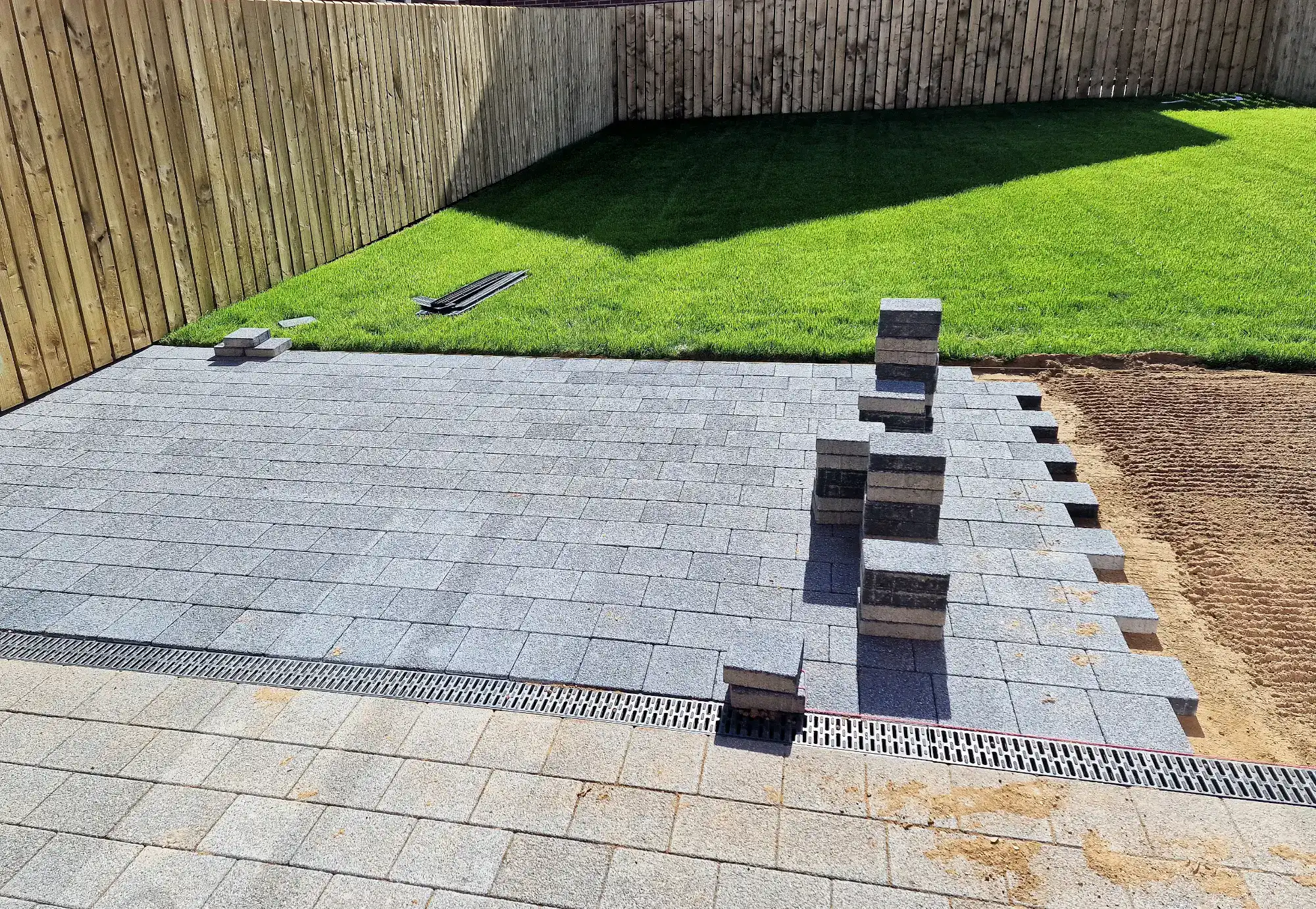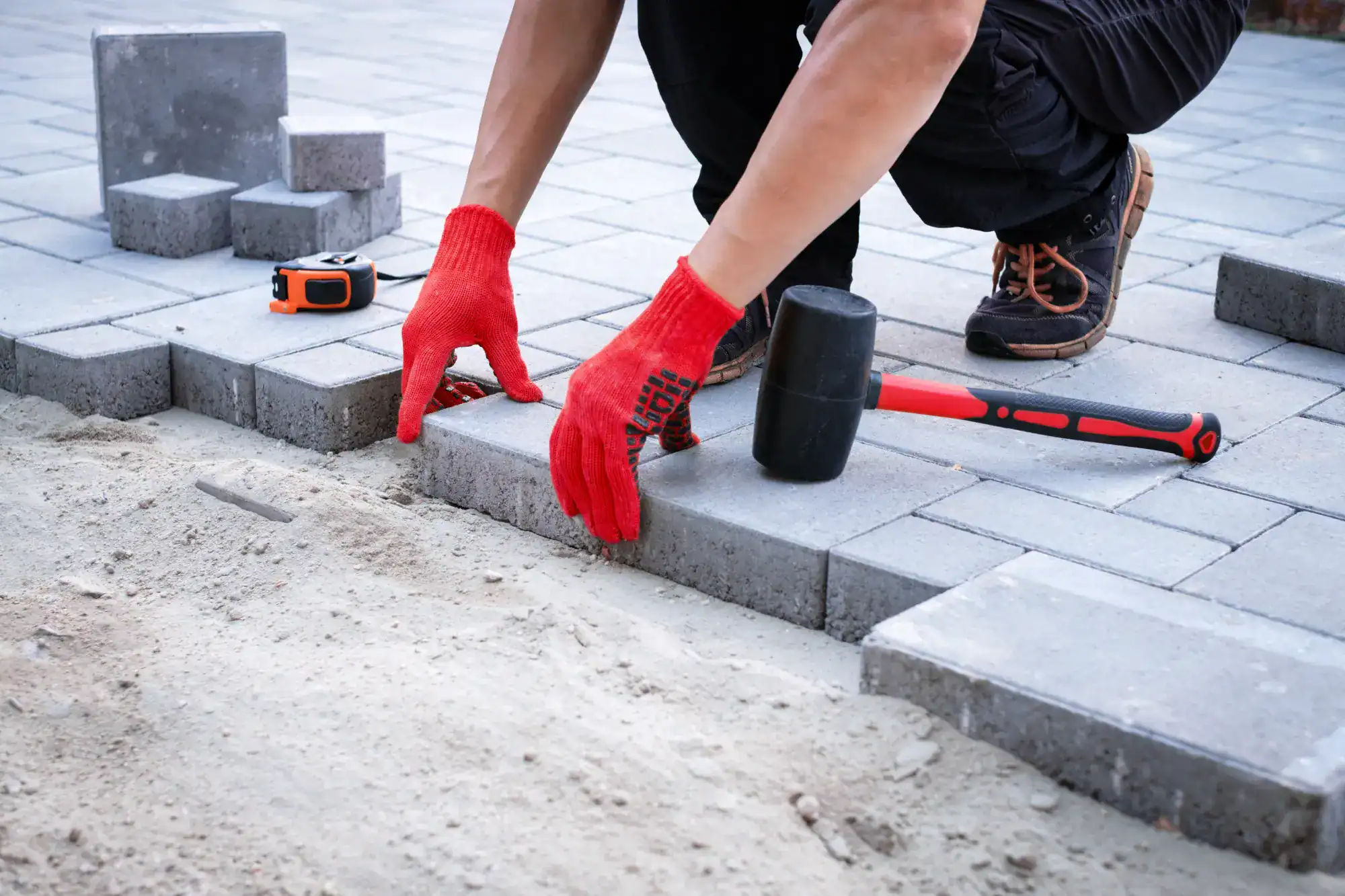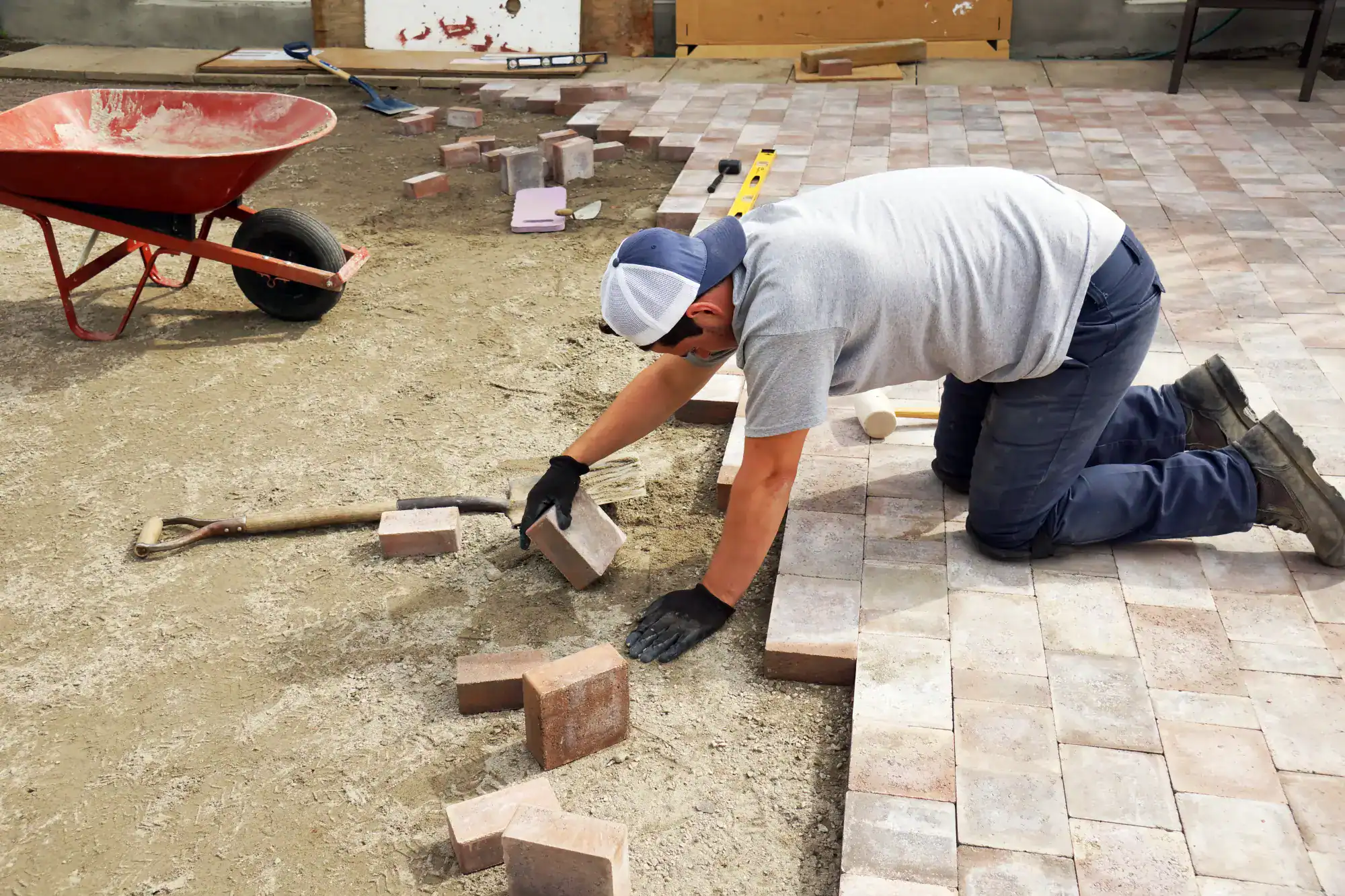Professional paver installation that matches your home’s prestige and your family’s lifestyle in Hewlett Bay Park.

Hear from Our Customers

You’re looking at your backyard thinking about entertaining, relaxing, maybe adding that outdoor kitchen you’ve been planning. But you’ve seen what happens when paver jobs go wrong—shifting stones, weeds growing through cracks, drainage problems that turn your dream space into a headache.
Here’s what changes when the job’s done right. Your new paver patio becomes the place where your family actually wants to spend time. No more avoiding that back corner because the concrete cracked again. No more canceling dinner parties because you’re embarrassed by how your outdoor space looks.
The pavers stay level, the drainage works like it should, and you’re not calling contractors every spring to fix last year’s problems. You get an outdoor space that works as hard as you do—and looks good doing it.
We’ve been installing pavers in Hewlett Bay Park since before most contractors knew the difference between proper base preparation and just throwing stones on dirt. Twenty-five years of working in Nassau County means we understand what Long Island’s freeze-thaw cycles do to improperly installed pavers.
Your neighbors trust us because we show up when we say we will, finish when we promise to finish, and our work still looks good years later. We’re not the cheapest option in town, and that’s exactly why our installations last while others need repairs.
In a community where property values average nearly $2 million, you need contractors who understand that your outdoor space is an investment, not just a weekend project.

First, we excavate to the proper depth—not the shortcuts you see elsewhere. We’re talking about removing 8-10 inches of soil, because Long Island’s clay soil and seasonal moisture changes demand a foundation that won’t shift. Most problems start here, with contractors who skip this step.
Next comes the base layer: crushed stone, properly graded and compacted in lifts. We use a plate compactor, not hand tools, because your paver installation needs to support everything from outdoor furniture to those Long Island winter snow loads.
Then we add the sand layer, screed it level, and install your pavers with the precision that comes from doing this for 25 years. We’re checking levels constantly, adjusting as we go, because there’s no fixing a wavy patio after the fact. Finally, we sweep in the joint sand and compact everything one more time, so your pavers lock together like they’re supposed to.

Ready to get started?
You’re getting more than just pavers laid on the ground. Every installation includes proper excavation, engineered base preparation, and the kind of attention to drainage that prevents problems before they start. We’re talking about work that meets ICPI standards, not the “good enough” approach you see elsewhere.
In Hewlett Bay Park, where lot sizes often reach an acre and many homes have existing landscaping worth protecting, we take extra care with site protection and cleanup. Your installation includes protecting existing plants, proper disposal of excavated materials, and leaving your property cleaner than we found it.
We source materials from suppliers who understand that Long Island’s coastal environment demands pavers that can handle salt air and temperature swings. That means working with manufacturers who back their products with real warranties, not just marketing promises.

Ready to Fix That Masonry for Good?
Let’s talk about your project. No pressure, just honest answers and a quote you can count on from Nassau County’s trusted masonry professionals.

Company
Links